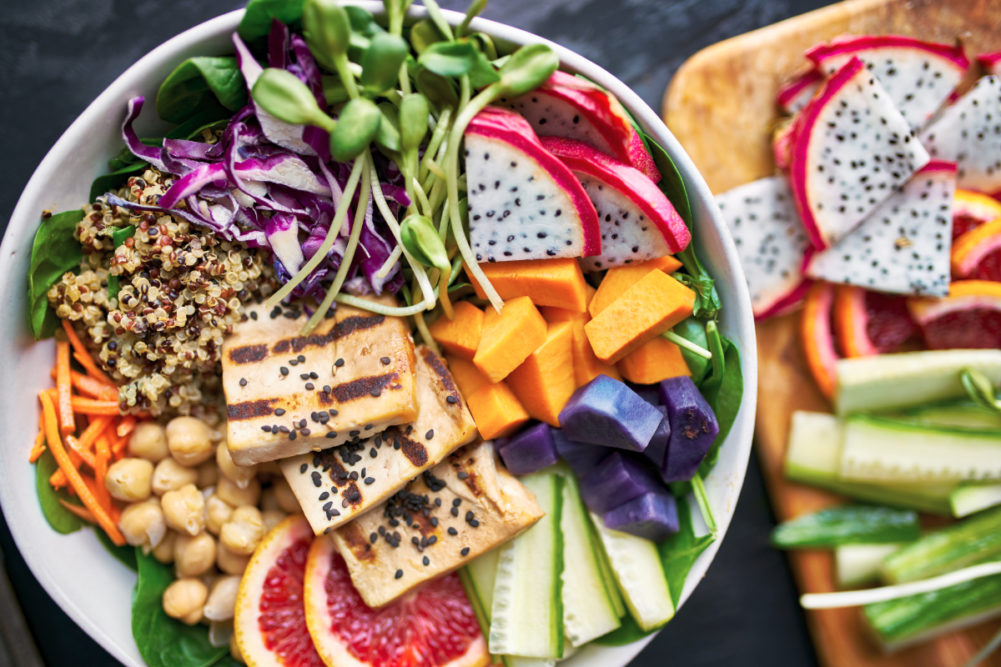 CHICAGO – People are eating differently these days, with many relying on packaged meals purchased at supermarkets, as well as delivered options prepared in ghost kitchens. Many consumers are craving presentation and visual appeal, recognizing that it might be a while before they regularly return to sit-down dining at a tableclothed restaurant. The challenge for product developers is to bring that fresh-from-the-chef experience to the kitchen table.
CHICAGO – People are eating differently these days, with many relying on packaged meals purchased at supermarkets, as well as delivered options prepared in ghost kitchens. Many consumers are craving presentation and visual appeal, recognizing that it might be a while before they regularly return to sit-down dining at a tableclothed restaurant. The challenge for product developers is to bring that fresh-from-the-chef experience to the kitchen table.
“I look at food as an experience,” said Christina Olivarez, corporate executive chef, GNT USA, Tarrytown, NY. “Chefs use whole food ingredients and serve their dishes immediately, which maintains color vibrancy. I work with natural colors from fruits, vegetables and edible plants to add a culinary touch to packaged foods.”
The International Food Information Council, Washington, survey, “From ‘Chemical Sounding’ to ‘Clean’: Consumer Perspectives on Food Ingredients,” showed that 63% of adults say the ingredients in a food or beverage have at least a moderate influence on what they buy. The words “natural” and “artificial” elicited a strong reaction when it came to food choices, with 35% of respondents stating they seek colors from natural sources.
Such natural sources of color include varied flora that contain colorful compounds, such as anthocyanins, carotenoids and chlorophyll. Adding concentrated forms of whole fruits and vegetables, or parts of edible plants to foods and beverages, delivers the compounds while maintaining a clean label.
The ingredients are known in Europe as “coloring food,” a term coined by GNT’s founder about 40 years ago. They are manufactured using physical methods, such as chopping, heating and filtering and retain the characteristic properties of the source material.
In the United States, coloring foods appear on ingredient labels as “fruit and/or vegetable juice (for color).” Spirulina, a blue-green algae is declared as “spirulina extract (for color)” and turmeric, which is the ground root of the namesake plant that contains orange-colored curcumin, is labeled “turmeric (for color).” When the color comes from the same food that it is coloring, an extra declaration is often not necessary.
“Commercially produced pumpkin soup, for example, looks sort of dull,” Ms. Olivarez said. “When you color it with EXBERRY made from pumpkin, it becomes vibrant. You are using pumpkin to color pumpkin and it changes the entire eating experience.
“Some people think color. I think fruit and vegetable concentrate. I think, how can I put these plants to work to make a food more visually appealing?”
The ingredients may be included in seasoning blends, allowing for topical application. Imagine a basic puffed corn snack seasoned with a pickled purple carrot seasoning for a salt and vinegar flavor profile. The product may now be called a purple carrot corn puff.
“Our culinary approach is to create an experience around food rather than to only look at food as something to sustain and nourish our bodies,” Ms. Olivarez said. “Food also has the powerful ability to uplift our spirits and ignite our imaginations. By looking at our work through a culinary-inspired lens, we are able to invoke the contentment of beloved comfort foods, conjure our most reassuring memories and experiment with new flavors and concepts that kindle excitement and optimism for the future.”






